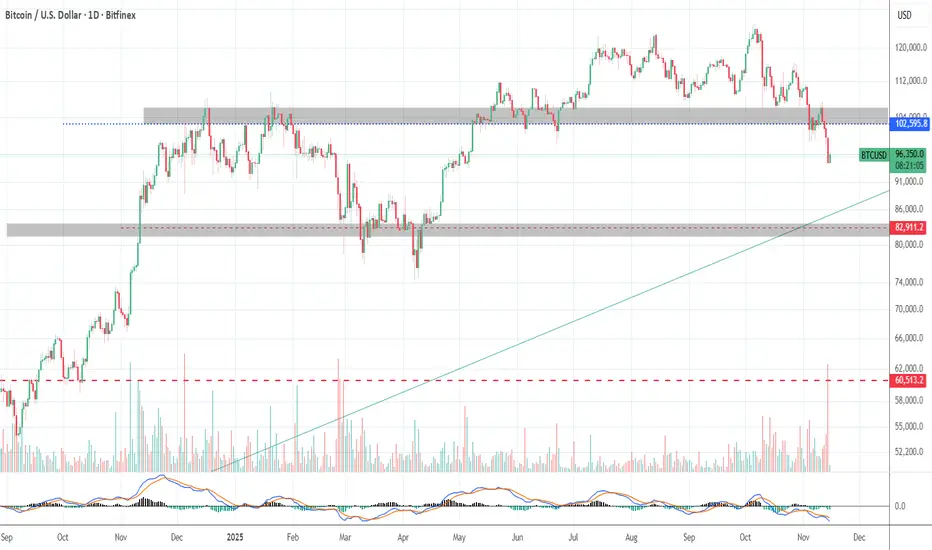In trading, people often mix up three completely different ways of adding to a position.
They may look similar on a chart, but the logic, risk, and results are absolutely different.
Let’s break it down in simple terms.
1️⃣ DCA (Dollar Cost Averaging)
An investing strategy — not a trading strategy.
Essence: buying with equal amounts regardless of where the price is going.
The goal is to smooth your average price over the long term.
Features:
additions are fixed-size;
often used when the price is falling, to improve the average;
no signals or confirmations required;
not designed for short-term trading.
👉 Conclusion:
DCA = mechanical averaging.
Works for long-term accumulation, not active trading.
2️⃣ Pyramiding
A professional trading technique.
Essence: add to a position only when the market moves in your favor
and only after new trend confirmations — breakouts, retests, patterns.
Features:
each addition is smaller than the previous one;
the average entry worsens very little (or almost not at all);
risk increases smoothly and controllably;
used only in strong trends.
👉 Conclusion:
Pyramiding = building the position from the top down, letting the market prove its strength.
It’s a professional-level risk management technique.
3️⃣ Adding to a Winning Position in Equal Parts
The most common approach among active traders.
Essence: the position is increased with equal-sized additions
(for example: 1x → 1x → 1x) as the price moves in your favor.
Features:
each addition has the same size;
the average price worsens more than with pyramiding;
risk rises faster;
effective in trends but prone to overloading the position if the trend breaks suddenly.
👉 Conclusion:
This is something between DCA and pyramiding.
It works, but requires caution to avoid pushing the average too high.
What’s Important to Understand?
DCA is not trading — it’s a long-term accumulation tool.
Pyramiding is about risk management and market structure.
Equal-size additions in profit are viable but riskier than they look, because the average climbs quickly.
In trading, there is no “perfect” strategy — only the one that fits your style, risk tolerance, and holding timeframe.
But understanding the difference matters, so you don’t confuse three fundamentally different approaches.
They may look similar on a chart, but the logic, risk, and results are absolutely different.
Let’s break it down in simple terms.
1️⃣ DCA (Dollar Cost Averaging)
An investing strategy — not a trading strategy.
Essence: buying with equal amounts regardless of where the price is going.
The goal is to smooth your average price over the long term.
Features:
additions are fixed-size;
often used when the price is falling, to improve the average;
no signals or confirmations required;
not designed for short-term trading.
👉 Conclusion:
DCA = mechanical averaging.
Works for long-term accumulation, not active trading.
2️⃣ Pyramiding
A professional trading technique.
Essence: add to a position only when the market moves in your favor
and only after new trend confirmations — breakouts, retests, patterns.
Features:
each addition is smaller than the previous one;
the average entry worsens very little (or almost not at all);
risk increases smoothly and controllably;
used only in strong trends.
👉 Conclusion:
Pyramiding = building the position from the top down, letting the market prove its strength.
It’s a professional-level risk management technique.
3️⃣ Adding to a Winning Position in Equal Parts
The most common approach among active traders.
Essence: the position is increased with equal-sized additions
(for example: 1x → 1x → 1x) as the price moves in your favor.
Features:
each addition has the same size;
the average price worsens more than with pyramiding;
risk rises faster;
effective in trends but prone to overloading the position if the trend breaks suddenly.
👉 Conclusion:
This is something between DCA and pyramiding.
It works, but requires caution to avoid pushing the average too high.
What’s Important to Understand?
DCA is not trading — it’s a long-term accumulation tool.
Pyramiding is about risk management and market structure.
Equal-size additions in profit are viable but riskier than they look, because the average climbs quickly.
In trading, there is no “perfect” strategy — only the one that fits your style, risk tolerance, and holding timeframe.
But understanding the difference matters, so you don’t confuse three fundamentally different approaches.
Disclaimer
The information and publications are not meant to be, and do not constitute, financial, investment, trading, or other types of advice or recommendations supplied or endorsed by TradingView. Read more in the Terms of Use.
Disclaimer
The information and publications are not meant to be, and do not constitute, financial, investment, trading, or other types of advice or recommendations supplied or endorsed by TradingView. Read more in the Terms of Use.
